Date Format and Time League

In the 1920s, there was such a public organization - the League “Time”. In abbreviated form, therefore, members of the organization called themselves Elvists.
Elvists were engaged, as you might guess, with the problem of time, in all its aspects, with an emphasis on saving (which is understandable, since they worked in the framework of the NOT movement that developed throughout the country). They fought for saving time everywhere and in everything: in production, in managerial activity, in everyday life - while they did not bypass the issues of representation, display and calculation of time.
The League did not last long, from 1923 to 1926, but the activity was stormy, a network of primary cells at state enterprises and state offices was deployed throughout the country, the journal Vremya was published. Some materials from this periodical are of interest to this day, especially in light of the computerization that has taken place over the next century.
We classify the finds of the Elvists in the field of formalization of time, and in this order we will begin to consider.
1. Change the calendar.
The most cardinal way to convert the date format: by not selecting the most suitable display method for the date, but by changing the encoding itself, which is the most accurate and acceptable for the person. Nothing new: during the time of the existence of mankind, the methods of reckoning changed many times, for each original civilization its own way was characteristic.
I’ll judge all the known ways of calculating the time, due to the unreasonability of the topic and my own ignorance in this matter, I will only mention the proposals made from the mouths of the Elvists.
Here is the first - from what we were able to discover:
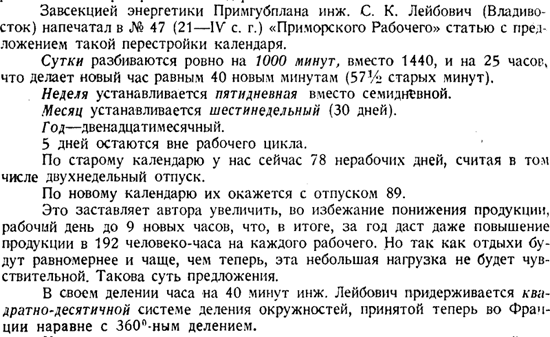
Here is the second, more detailed and first-person statement.
The essence of the proposal for those who are lazy to read: the day is proposed to be divided into 100 parts (called orams). Further, in accordance with the decimal classification: hector = 100 orov, lekor = 10 orov, santor = 1/100 ora, millior = 1/1000 ora, micror = 1/1000 millior.
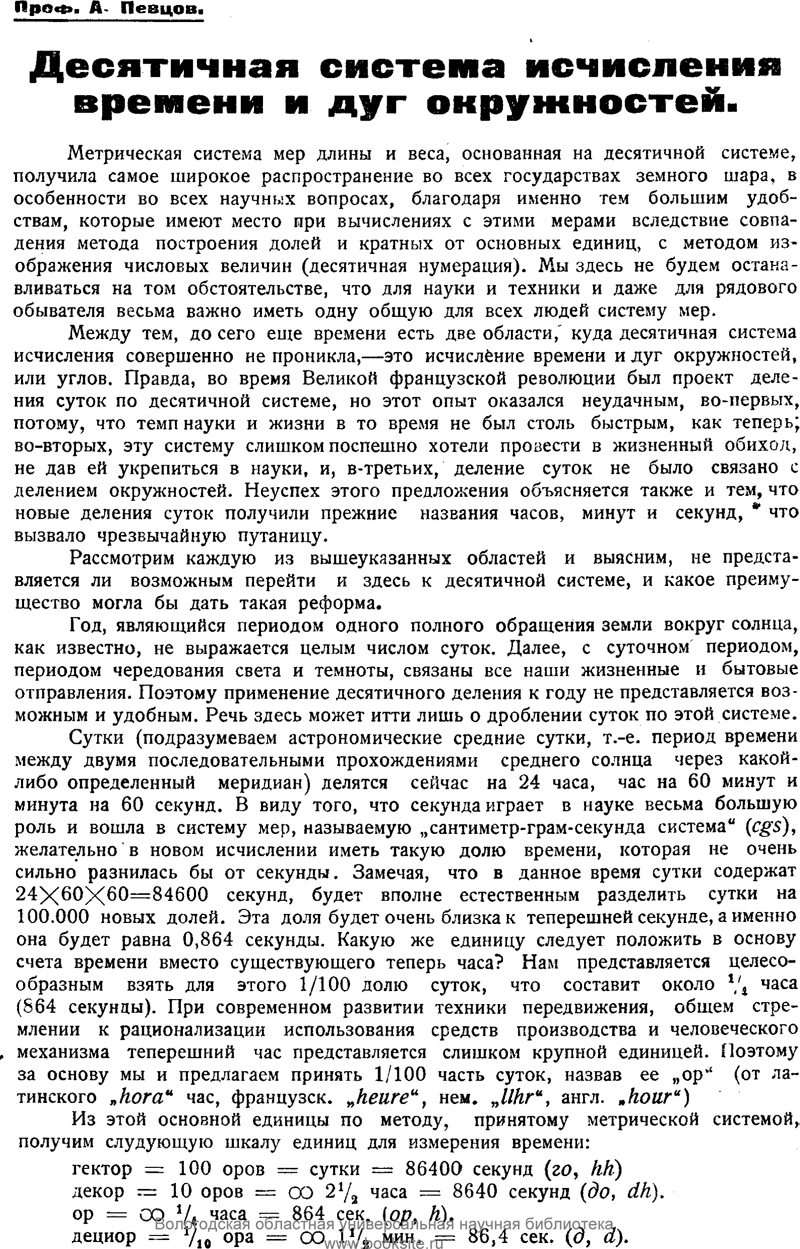
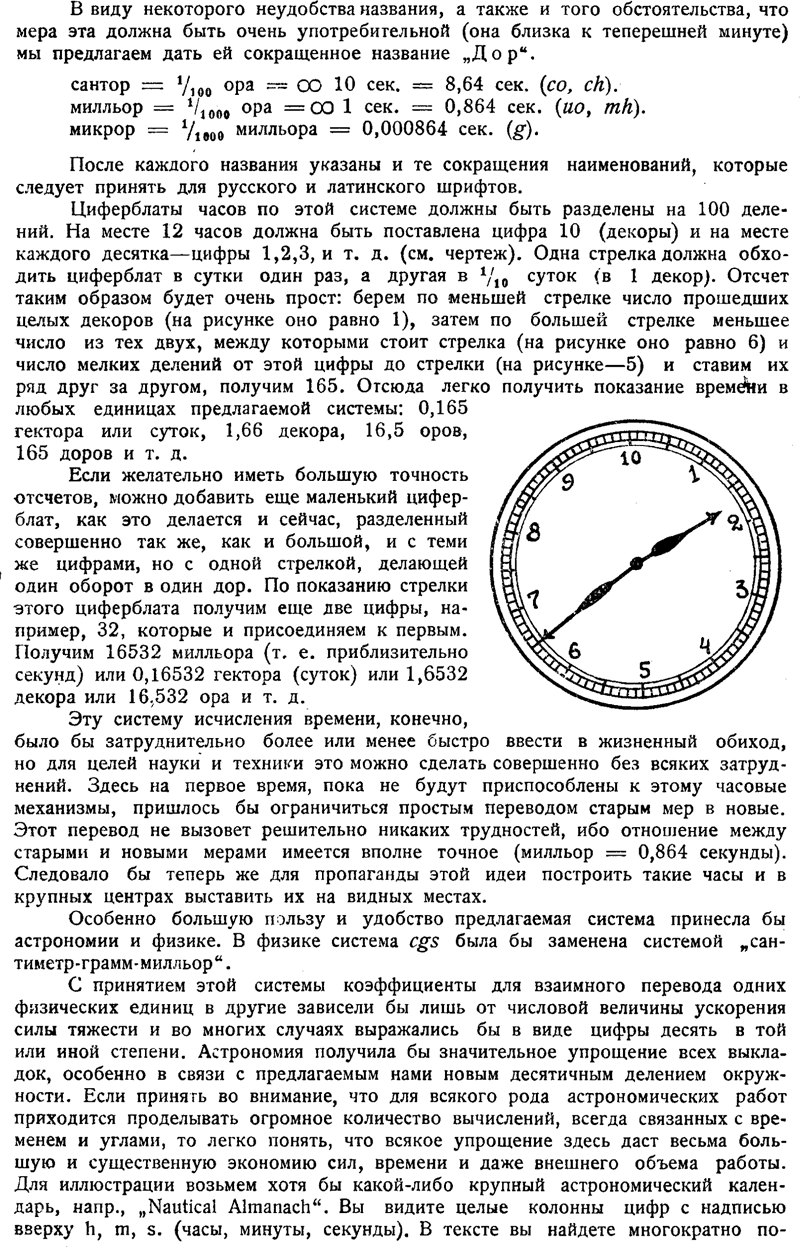
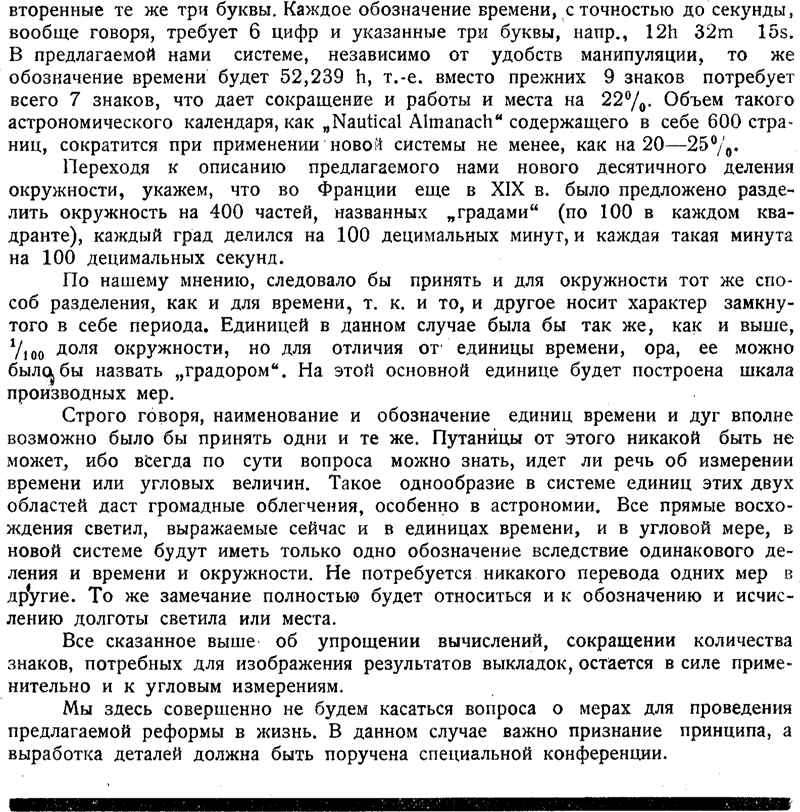
2. Presentation format.
The authors of the journal “Time” also dealt with the time format, moreover, in the modern information and computer tonality.
Here is a charming post on the topic.
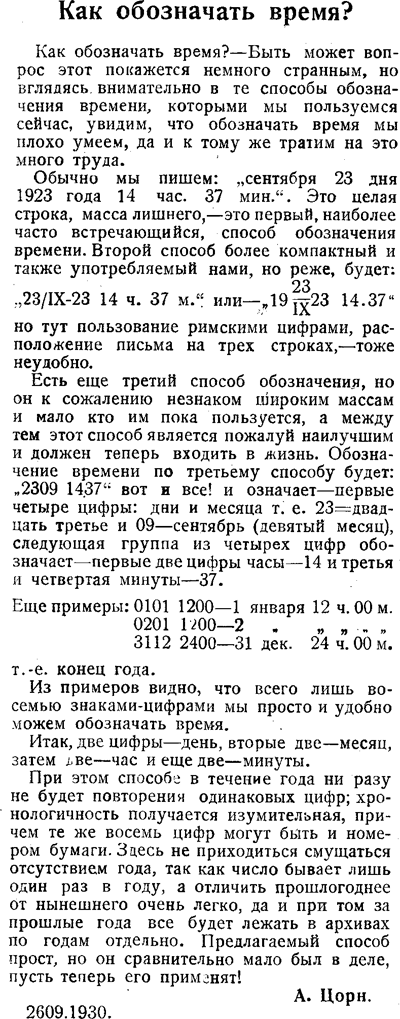
The ending ends. It seemed that the year requires designation, well, okay! What could be easier to add four numbers to the format. Well, let not four, but two: in 1923, when the note was printed, before the 2000 problem it was not at hand. But no! The author, for the sake of economy, of course, rejects the designation of the year, while hilariously explaining: why is it a year when “it’s easy to distinguish last year’s from the present, and besides, over the past years everything will be in the archives separately for years”?
Pay attention to the date designation under the author's signature. Even after reading the notes, it is perceived as "September 26, 1930." However, in 1930, the Vremya League no longer existed, nor did the Vremya journal established by it. 1930 is not a year as it is automatically read, but 19 hours 30 minutes (apparently, the moment of completion of work on the text).
Here is another article that I have classified as related to presentation format.

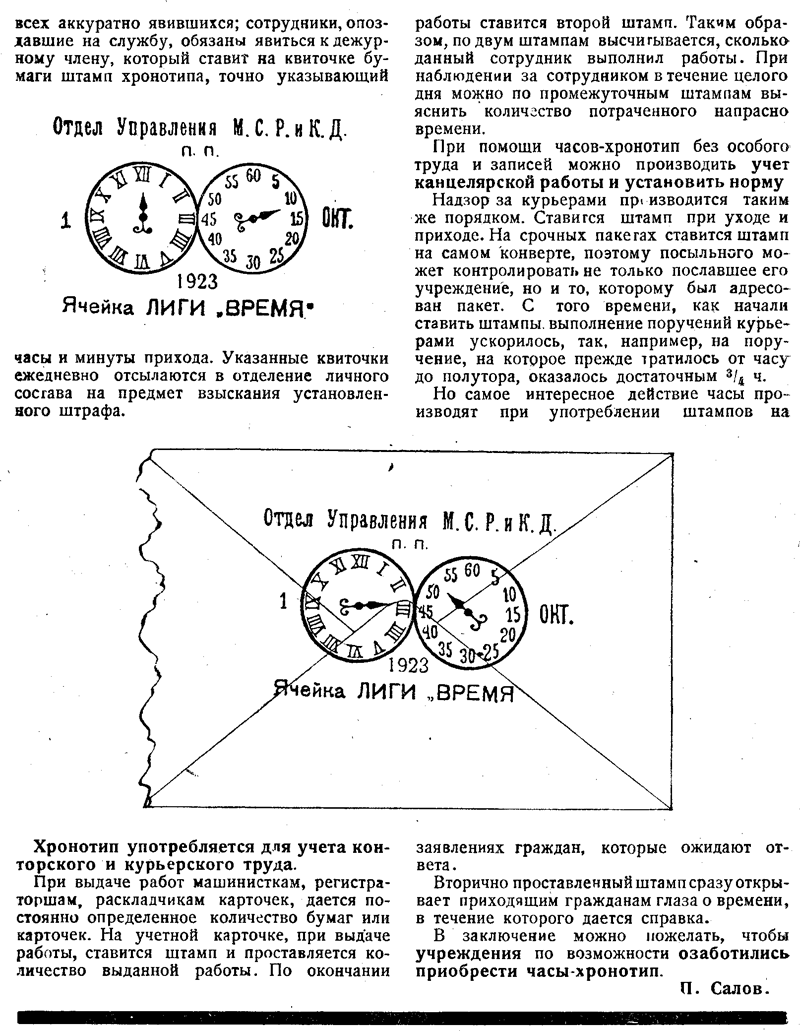
The chronotype - the piece of iron itself - was not news in those years; it is of interest here in what format, from the point of view of the Elvists, time should be written.
Obviously, the simplest way of recording is using numbers, but the solution is different: hours and minutes are each located on a separate dial, which includes the day, month and year indicated by numbers.
I find several possible explanations for the decision:
- Made exclusively for design. In fact, it’s beautiful, although it is uncomfortable to perceive such a format, in my personal opinion.
- Sophisticated design to prevent counterfeit printing. Forging numbers is quite simple, drawing dials, one in Roman and one in Arabic numerals is much more difficult. In this case, it becomes clear that there are two dials instead of one.
- Just had a good time. On many chronotypic seals of a foreign sample, time is displayed on the dials.
Of course, time was represented in graphical form, here is one of many options.
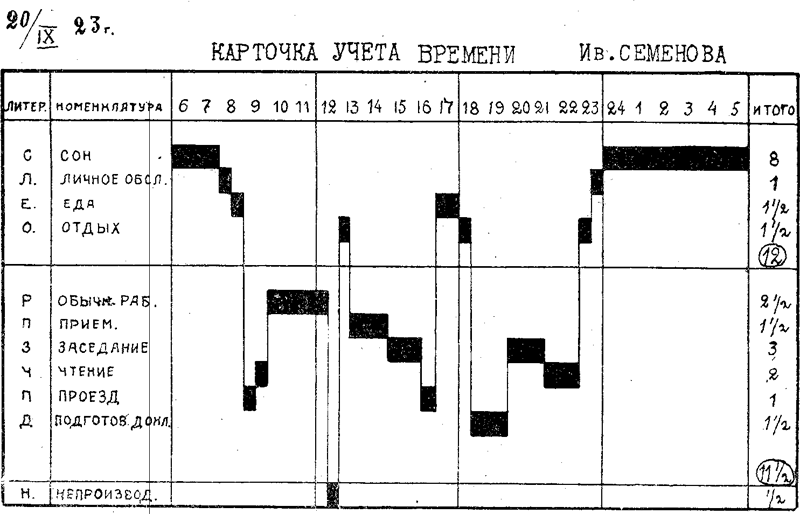
Here the Elvists, of course, were not original. The whole periodicals of 1920-30 are filled with similar diagrams, and before the revolution, infographics were enough. And what is going on on computer-related resources now, you know better than me: wai-wai, how relevant! In almost any chart, time is saved on one of the axes.
We proceed to the next section.
3. Calculation of time.
Indeed, time must not only be read, but in some cases determined. It’s now easy to see what day of the week was August 23 of last year on the electronic calendar built into the operating system, and then?
What was offered? Of course, calendars are of an original design, because the Elvists, in their opinion, were at the forefront of modern science.


And here is another, quite extravagant, solution.
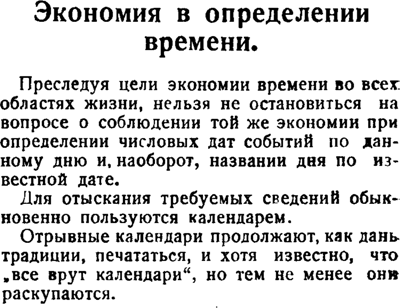

The thought seems clear (although foggy), but the decision ... Oh, my mummies! I don’t understand why the author didn’t add a couple of arrows: for months and years — but he damned up knows that, some additional arithmetic operations instead of a solution that seems natural.
You know what that reminds me of? This excerpt from the famous work, which is not necessary to name.
“The sergeant-major began to curl the cigar. Schweik, meanwhile, examined the number of the rifle and suddenly exclaimed:
- Four thousand two hundred sixty eight! Such a number was in one locomotive in Pechki. This engine was on the sixteenth path. They were going to take him away for repair at the Lysuy-on-Lab depot, but it wasn’t so easy, Mr. sergeant major, because the senior engineer, who was assigned to overtake him there, had a nasty memory for numbers. Then the head of the race called him to his office and said: “On the sixteenth way there is a steam locomotive number four thousand two hundred sixty eight. I know that you have a bad memory for numbers, and if you write down the number on paper, then you will also lose this paper. If you have such a bad memory for numbers, listen to me more closely. I will prove to you that it is very easy to remember any number. So listen: the number of the steam train to be taken to the depot in Lysuya-on-Labe is four thousand two hundred sixty-eight. Listen carefully. The first digit is four, the second is two. Now you already remember forty-two, that is, twice two - four, this is the first digit, which, divided by two, is equal to two, and next we get four and two. Now don't be alarmed! How many will be twice four? Eight, right? So remember that the eight in number four thousand two hundred sixty eight will be in order of the last. After you remember that the first digit is four, the second is two, the fourth is eight, you need to contrive and remember this very six that stands before the eight, which is very simple. The first digit is four, the second is two, and four plus two is six. Now you already know for sure that the second digit from the end is six; and now you have this order of numbers will never fly out of your head. In your memory sat number four thousand two hundred sixty eight.
Feldfebel stopped smoking, stared at Svejk and only muttered:
“Carre ab!”
Further, the second method of memorization is described. I won’t quote it, it’s not a quote that is larger in volume than the article under discussion. By the way, the episode with memorization ends with cerebral feldfebel disorder.
4. Compliance with the standard of time.
Elvists understood very well that time must not only be presented and displayed, but also observed, otherwise, what kind of time will it turn out when everyone’s clock is ticking apart?
As part of the solution to the problem, it was proposed:
- firstly, radioification: so that the exact time comes, as they say, in each house. Having heard the message about the exact time on the radio, you can adjust your personal moves;
- secondly, the creation of a single network of electric clocks, which show the exact time as a result. What is not a prototype of the Internet, by the way? True, in this case, the Elvists acted not as inventors, but as adopters of advanced foreign experience. Here is the relevant passage:

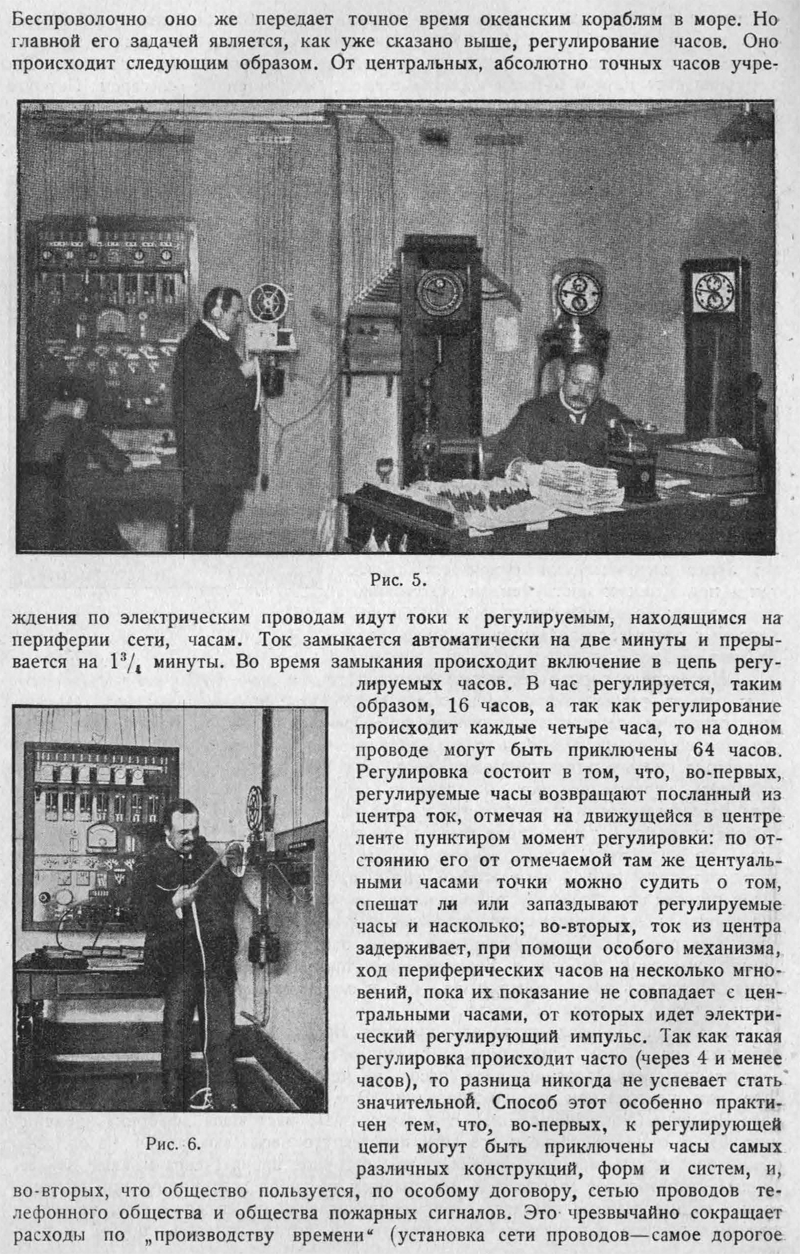

This Normal Time Society is a practical provider that provides accurate time services.
But you know, what shocked me the most in Vremya magazine? This one, among many others related to NOT, is a slogan.
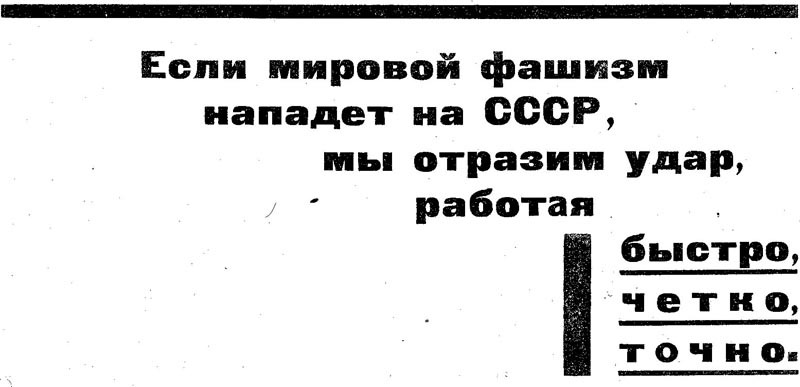
In the first issue of 1923, and first in order: it means that the publishers considered it the most important !!!
I leafed through many magazines of the 20s of the last century, and, I assure you, they don’t mention the impending attack of world fascism on the USSR — at least I don’t remember that. I even thought that I was hallucinating, and climbed into Wikipedia. I learned from Wikipedia that in 1923 Mussolini had just come to power, and Hitler led the stormtroopers, so there was no question of an attack on the USSR. According to the same source, the civil war in Russia ended in 1922-23, what kind of struggle against fascism is there in figs ?!
Now I don’t know what to think about the Elvists: they are either uneducated enthusiasts, which were full in all scientific fields in the 1920s, or brilliant seers who predicted the attack of fascist Germany on the USSR 18 years before.
How relevant were the scientific developments of the League “Time” in the field of calculating and representing time, you can make your own opinion, based on the materials presented.
Decide for yourself, in short.
Only registered users can participate in the survey. Please come in.
Who were the elvists?
- 21.6% 1. Uneducated enthusiasts. 43
- 6% 2. Brilliant seers. 12
- 30.1% 3. Intermittent. 60
- 42.2% 4. Everyone needs to be dealt with individually. 84
